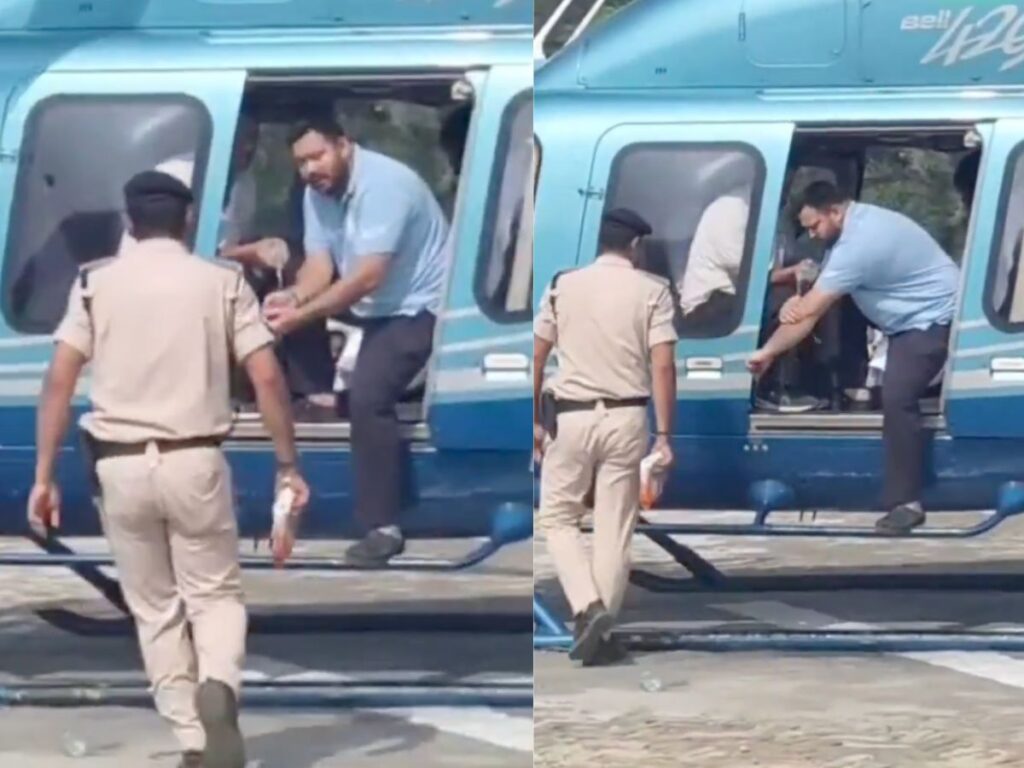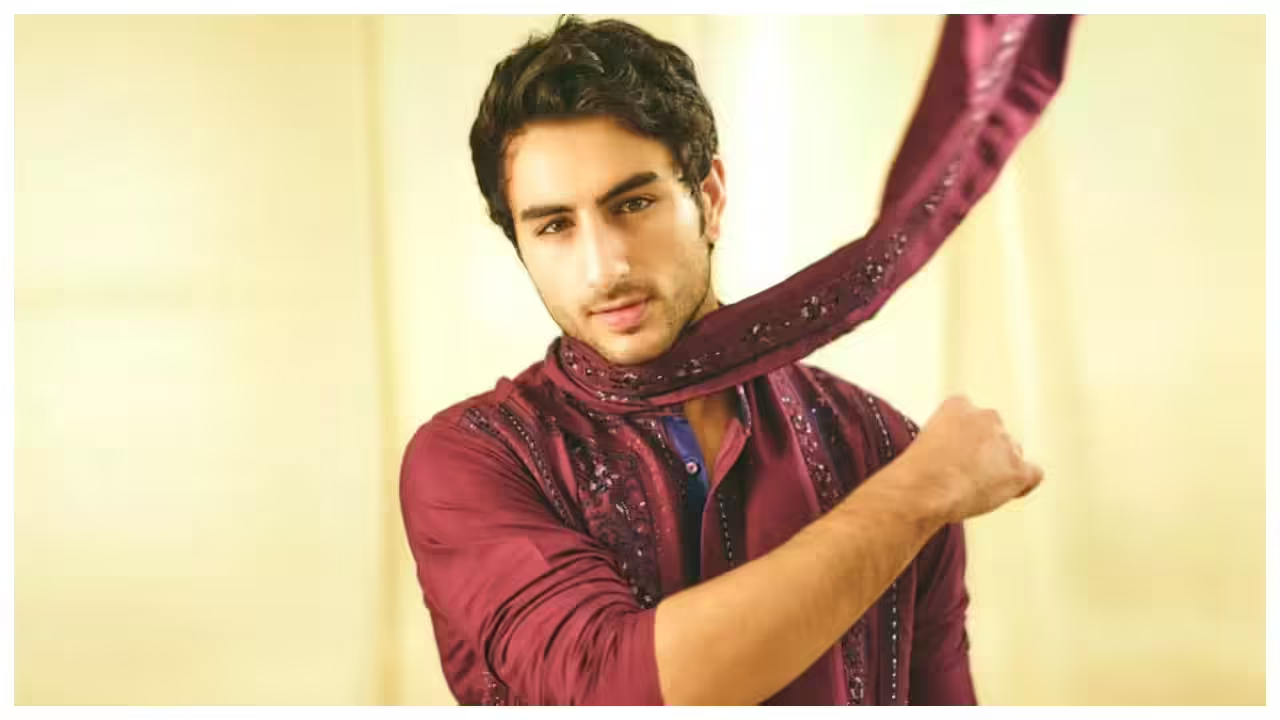Now Reading: Intoxication Claims Plague AIIMS Rishikesh Festival
-
01
Intoxication Claims Plague AIIMS Rishikesh Festival
Intoxication Claims Plague AIIMS Rishikesh Festival

New Delhi, October 30, 2025: A controversial video clip that allegedly depicts female students from AIIMS Rishikesh in a highly intoxicated state during the annual Pyrexia festival has recently gone viral. The footage, accompanied by the sensational caption, “‘Jab Doctors Hi Nashe Mein Ho…’ (When Doctors Themselves Are Intoxicated…),” was shared across various social media platforms, leading to immediate public outrage and widespread criticism.
The actions shown in the video were widely discussed, causing significant concern regarding the conduct expected of medical professionals-in-training. The reputation of the prestigious institution was jeopardized by the claims made in the rapidly spreading content.
Allegations and Institutional Response
The viral claims were centered around the behavior of the students during the cultural and sports festival. Allegations that the students were highly intoxicated while in the college premises were made in the accompanying posts. This situation was perceived as a serious lapse in discipline and professional responsibility by a large segment of the public.
Following the circulation of the video and the mounting pressure, the administration of AIIMS Rishikesh was forced to take notice. It was confirmed that an internal investigation has been initiated to ascertain the authenticity of the video and the veracity of the claims being made. Statements were awaited from the institute’s disciplinary committee to determine if any official action would be taken against the students identified in the footage. The need for a transparent and thorough inquiry was emphasized by student bodies and public commentators alike.
Also Read: Mahima Chaudhry Marriage Rumor Debunked
Debate Over Context and Privacy
The incident has fueled a vigorous debate online regarding student life, institutional oversight, and the ethical expectations placed on future doctors. On one side, the perceived misconduct was condemned strongly, with arguments being made that stricter regulations should be imposed on such campus events. The footage was used by critics to question the professionalism and focus of the medical students.
Conversely, the students’ right to privacy and the context of a private cultural event were defended by others. Arguments were presented that the video was taken without consent and that the behavior was being exaggerated for sensational purposes. The intense scrutiny was viewed by some as an unfair invasion of personal life, where any social activity is being judged against the high standards of their future profession. However, the damage to the institution’s image was already caused by the unverified but widely accepted video narrative.
A Call for Verification and Caution
Regardless of the eventual findings, the viral video has served as a clear example of how quickly reputation can be damaged by unverified content in the digital age. Caution is being urged by media experts when viewing and sharing such sensational claims.
The outcome of the official investigation is being awaited eagerly by the public, as it will set a precedent for how student conduct at major medical institutions is handled in the face of social media scrutiny. Clarity regarding the official disciplinary measures, if any, will be provided once the internal inquiry is completed.










